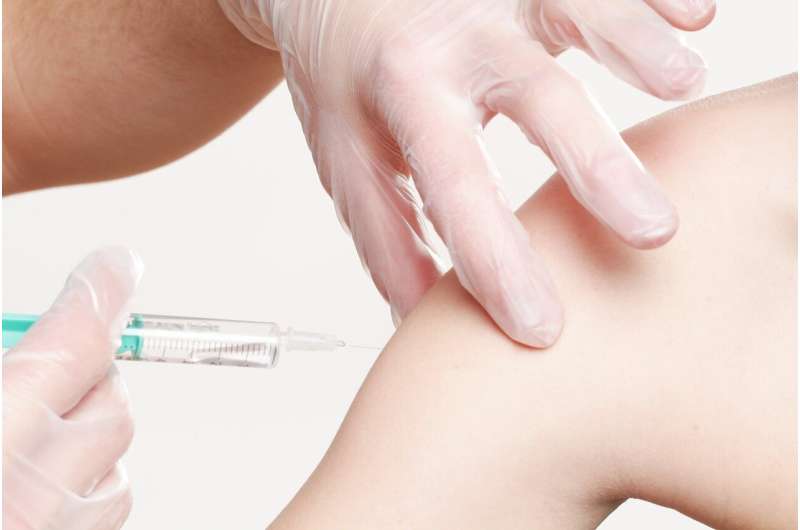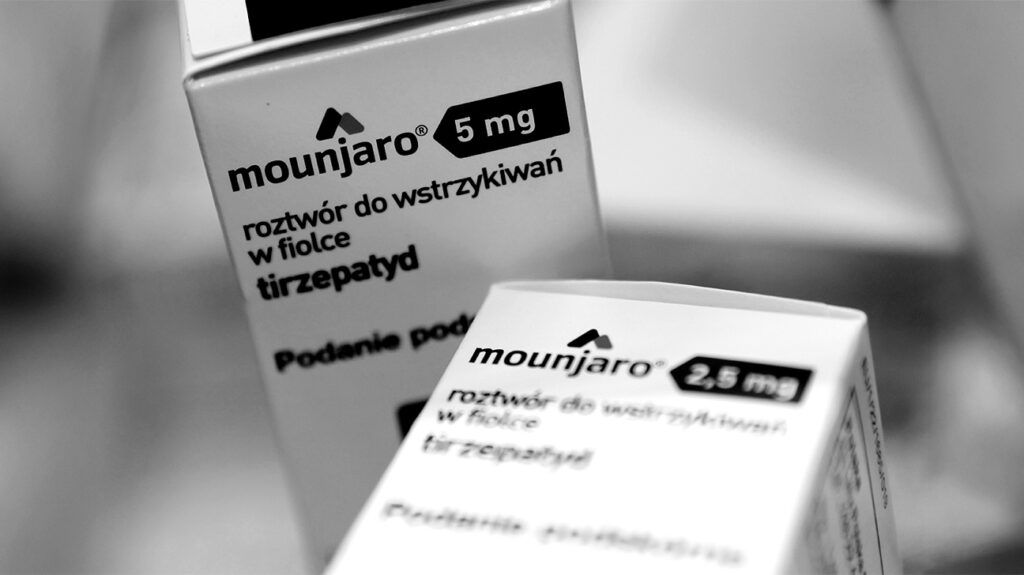Underutilization of Medications for Alcohol Use Disorder in Emergency Departments Highlights Opportunities for Improved Care

Emergency departments often miss opportunities to treat alcohol use disorder, with less than 1% of high-risk patients receiving prescribed medications. Increasing clinician awareness could improve outcomes for individuals with AUD.
Recent research indicates that emergency departments are missing significant opportunities to identify and treat individuals with alcohol use disorder (AUD). A study published in Alcohol, Clinical and Experimental Research analyzed electronic health records from 12 hospitals over a two-year period and found that less than 1% of patients who screened positive for high-risk drinking received a prescription for medication to address AUD. Notably, more than half of those prescribed medications filled their prescriptions, suggesting that increasing awareness and training among emergency clinicians could enhance treatment rates.
The study examined over fifty thousand emergency visits where patients with hazardous drinking patterns were treated and discharged. It was observed that prescriptions for naltrexone, an effective medication to reduce alcohol cravings and support recovery, were issued in only about 0.5% of cases. Patients more likely to receive a prescription tended to be younger, male, non-Hispanic, and those with more severe alcohol misuse. Additionally, individuals presenting with alcohol-related issues or diagnosed with alcohol withdrawal were more likely to be prescribed naltrexone. Interestingly, the type of insurance or a history of mental illness did not significantly influence prescribing patterns.
The researchers emphasize that screening for alcohol use disorder in the emergency setting is a crucial initial step. Follow-up interventions like brief counseling and referrals to behavioral health services are essential for encouraging ongoing treatment and recovery. Given that alcohol-related visits have increased nearly 50% over the past decade, and that nearly 10% of these patients die within a year of their first episode, emergency departments remain a critical point of intervention. Addressing the current gap in medication prescribing can significantly impact patient outcomes and reduce the public health burden of AUD.
In conclusion, enhancing clinician education about the benefits of medications like naltrexone, along with systematic screening and intervention protocols, could greatly improve the management of alcohol use disorder in emergency care settings.
Source: https://medicalxpress.com/news/2025-09-limited-medications-alcohol-disorder-emergency.html
Stay Updated with Mia's Feed
Get the latest health & wellness insights delivered straight to your inbox.
Related Articles
Concerns Mount Over Kennedy's Anti-Vaccine Measures and Impact on Vaccine Availability
Robert F. Kennedy Jr.'s efforts to challenge the vaccine system may threaten vaccine availability and public health, raising concerns among experts about the potential impact on vaccine safety, funding, and approval processes.
Premature Baby Celebrates First Birthday with Guinness World Record
Nash Keen, born at just 21 weeks and weighing only 10 ounces, has celebrated his first birthday, setting a Guinness World Record for the most premature baby to survive, showcasing advances in neonatal care.
Electrical Stimulation of Facial Muscles Alters Emotional Perception and Brain Responses
New research reveals that stimulating facial muscles influences how people perceive emotions and alters brain responses, offering insights into social cognition and potential clinical applications.



